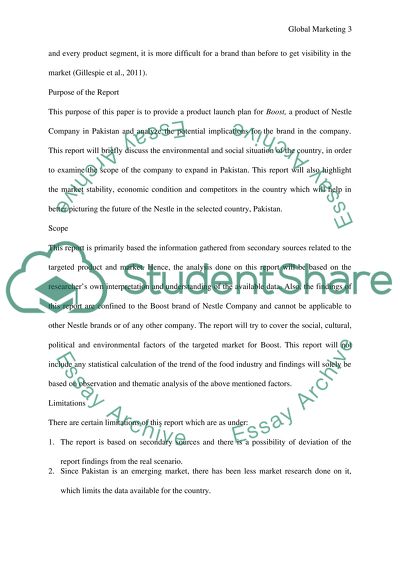Cite this document
(“Global Marketing Essay Example | Topics and Well Written Essays - 4000 words”, n.d.)
Retrieved from https://studentshare.org/marketing/1404395-global-marketing
Retrieved from https://studentshare.org/marketing/1404395-global-marketing
(Global Marketing Essay Example | Topics and Well Written Essays - 4000 Words)
https://studentshare.org/marketing/1404395-global-marketing.
https://studentshare.org/marketing/1404395-global-marketing.
“Global Marketing Essay Example | Topics and Well Written Essays - 4000 Words”, n.d. https://studentshare.org/marketing/1404395-global-marketing.


